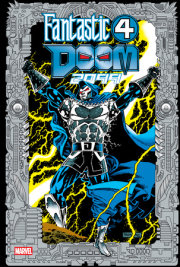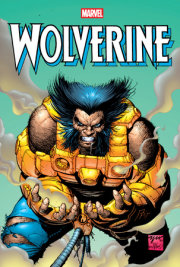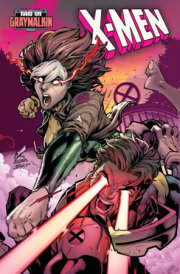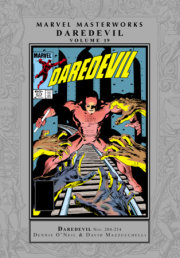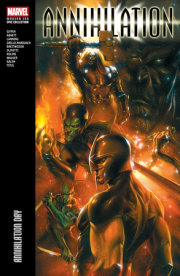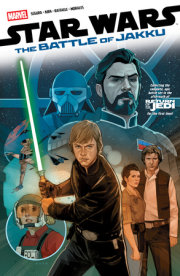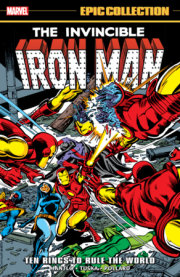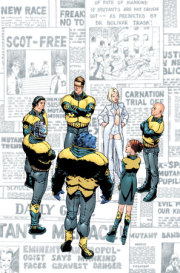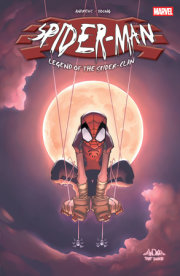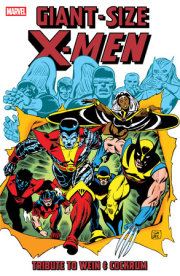Multiple Eisner Award-winner Frank Miller broke into the comics business during the late 1970s, landing a choice assignment on the series Daredevil. His work quickly made the title one of Marvel’s best-selling series, as well as establishing Miller as a fan-favorite superstar. During his tenure on Daredevil, he introduced the assassin Elektra, who became a major Marvel character in her own right. After completing his initial run, Miller returned to Daredevil as writer of the acclaimed “Born Again” run with artist David Mazzucchelli; he then collaborated with John Romita Jr. for the Daredevil: Man Without Fear limited series. Miller has also had monumental success with his work on other iconic characters. In 1986, he made a splash at DC with the wildly popular and hugely influential Batman: The Dark Knight Returns, which told the tale of an older Batman still fighting crime decades after his prime. The following year, Miller reteamed with David Mazzucchelli for Batman: Year One, putting a modern spin on Batman’s classic origin story. Miller writes All Star Batman & Robin with artist Jim Lee, continuing to put his distinctive mark on the Dark Knight. Miller has parlayed his talents as a comic-book creator to major success in Hollywood. In 2005, Miller collaborated with Robert Rodriquez to co-direct Sin City, a film that was widely praised by both fans and critics. Two years later, Miller’s 300 met with similar success, breaking multiple box-office records. Miller wrote and directed The Spirit, based on Will Eisner’s classic hero.
After over three decades of writing and drawing the Johnny Hazard comic strip, which he created in 1944, Frank Robbins (1917-1994) co-created Invaders with Roy Thomas, marking Marvel’s first major revival of Golden Age super heroes. His distinctive art style subsequently graced Captain America, Ghost Rider, and the licensed properties Human Fly and Man from Atlantis. Following a stint as writer on DC Comics’ Superman’s Girl Friend Lois Lane, he collaborated with artists Neal Adams and Irv Novick on runs of Batman and Detective Comics, respectively; his work is credited as instrumental in returning the Darknight Detective to his gothic/noir roots.
The unique, shadowy style of Gene Colan (1926-2011) most memorably appeared in long stints on Captain America and Daredevil, and all 70 issues of Tomb of Dracula — among the dozens of other Marvel titles he has drawn. His DC work on Detective Comics and Night Force is equally well remembered. During the Golden Age, he drew multiple war stories for Marvel and DC alike. Colan has earned several Eagle Awards and had professional art showings in New York City. His work on Ed Brubaker’s Captain America at the age of 82 drew well-deserved raves.
Steve Ditko (1927-2018) began his comics career in the anthologies of the 1950s, where his unique style and perspective quickly earned recognition and respect. Recruited to join Stan Lee’s Atlas Comics, later Marvel, in 1958, his nuances contrasted well with Jack Kirby’s bombast. In 1962, in the pages of Amazing Fantasy, Ditko and Lee brought to life Peter Parker, the Amazing Spider-Man, changing the industry forever. The pair’s other iconic co-creation, Doctor Strange, debuted in Strange Tales. Ditko returned to Marvel during the late 1970s and remained for much of the 1980s — co-creating Speedball, Squirrel Girl and other characters.

















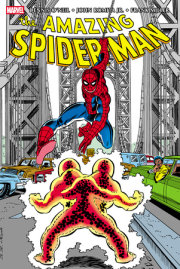
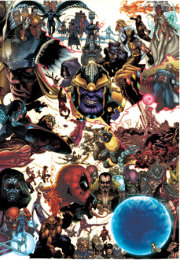
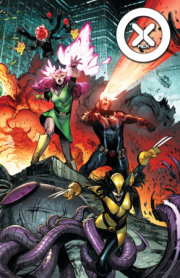
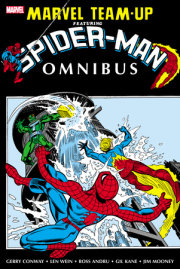

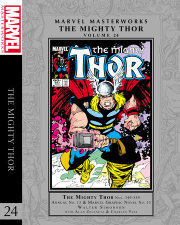
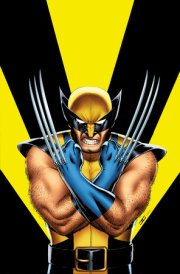

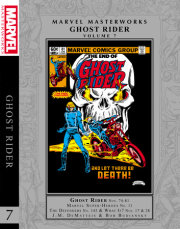
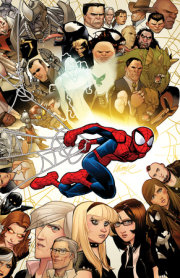
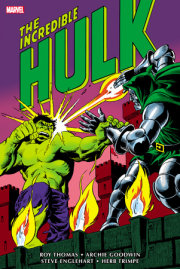
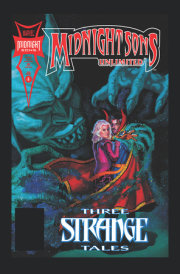
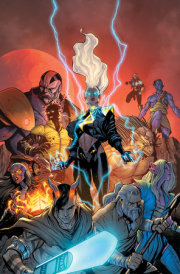
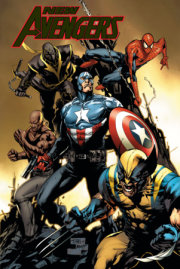
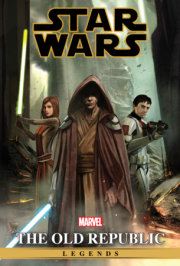
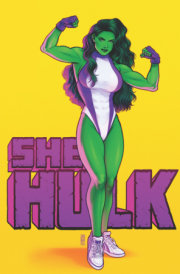
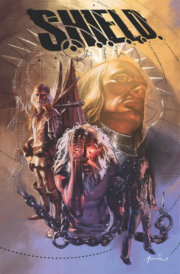

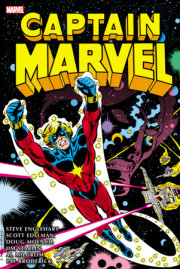
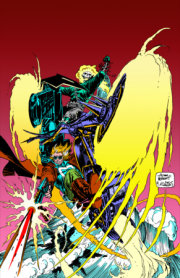
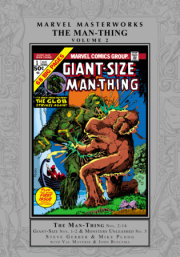
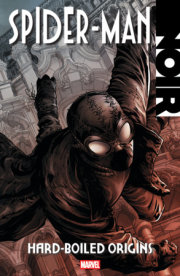
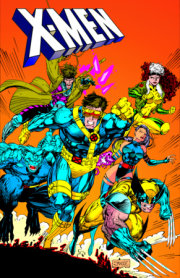
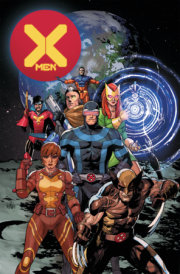
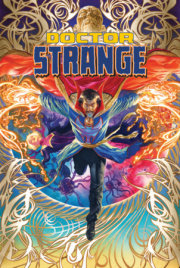
![Tomb Of Dracula Omnibus Vol. 1 Neal Adams Cover [New Printing 2]](https://images.penguinrandomhouse.com/cover/9781302965037?width=180)
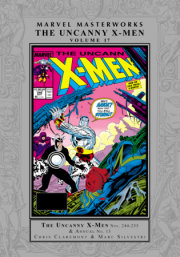
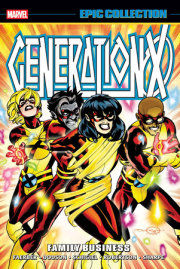
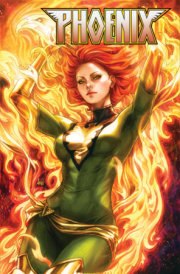
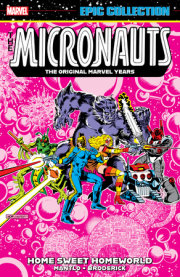
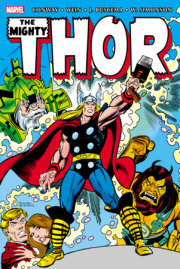
![Iron Man: Demon In A Bottle [New Printing 2]](https://images.penguinrandomhouse.com/cover/9781302961817?width=180)
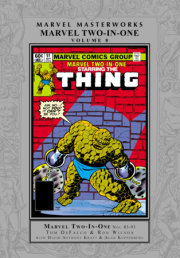
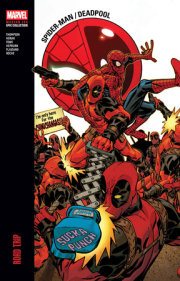
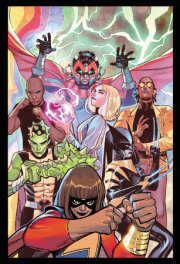
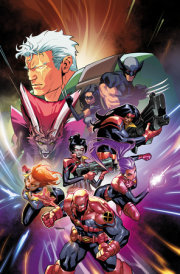
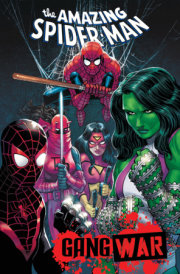
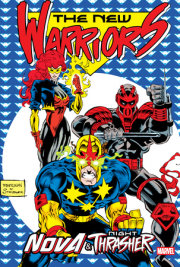
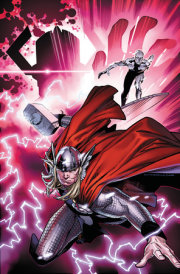
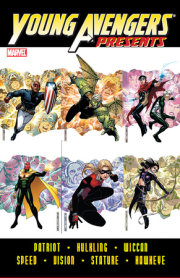
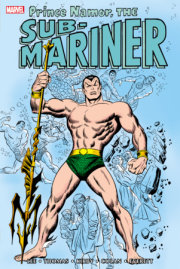
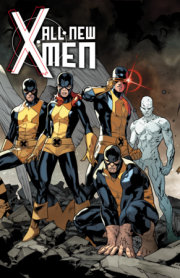
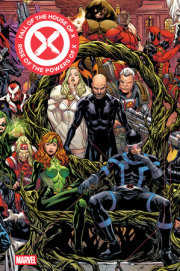
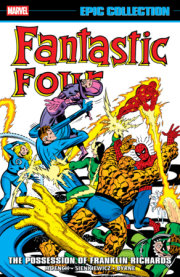
![Original Sin [New Printing]](https://images.penguinrandomhouse.com/cover/9781302966249?width=180)
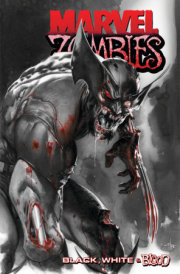
![X-Factor By Peter David Omnibus Vol. 1 Larry Stroman Cover [New Printing]](https://images.penguinrandomhouse.com/cover/9781302963705?width=180)
![Avengers West Coast Epic Collection: Vision Quest [New Printing]](https://images.penguinrandomhouse.com/cover/9781302963910?width=180)
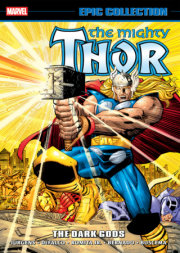
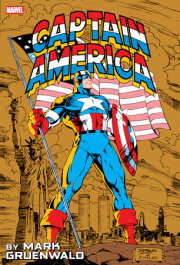
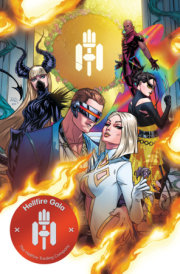
![Wolverine Goes To Hell Omnibus Jae Lee Cover [New Printing]](https://images.penguinrandomhouse.com/cover/9781302961381?width=180)
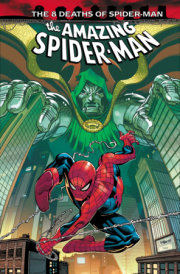
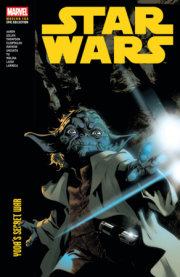
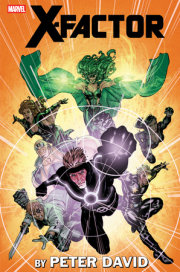
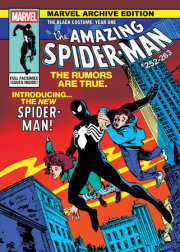


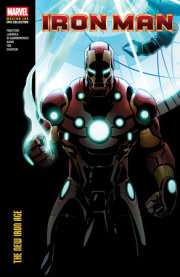
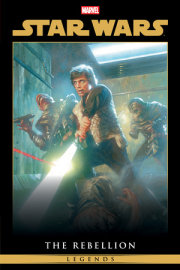
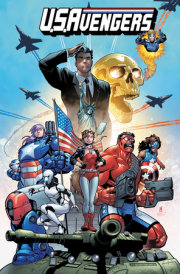
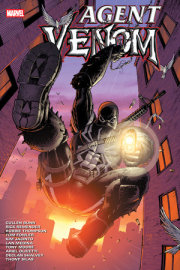

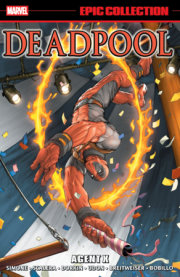
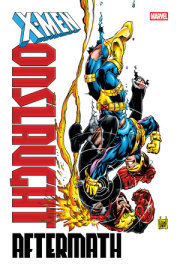
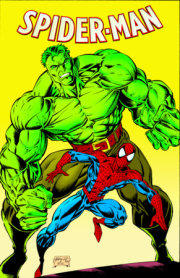
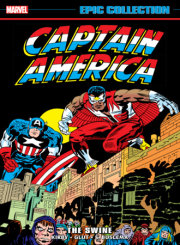
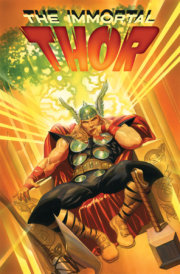
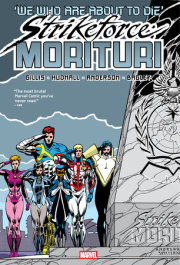
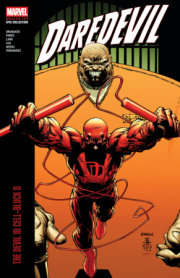
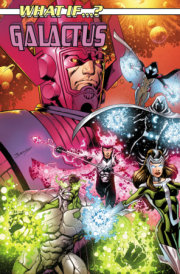

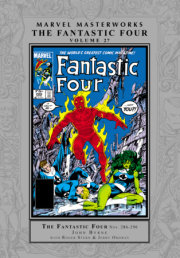
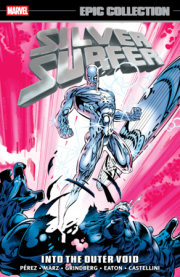
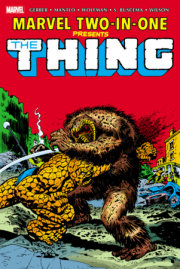
![Marvel Masterworks: The Silver Surfer Vol. 1 [Remasterworks]](https://images.penguinrandomhouse.com/cover/9781302956042?width=180)
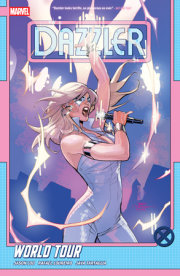
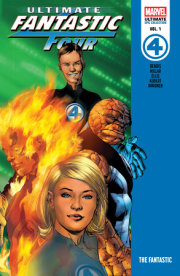
![X-Men: Age Of Apocalypse Vol. 2 - Reign [New Printing]](https://images.penguinrandomhouse.com/cover/9781302963958?width=180)
